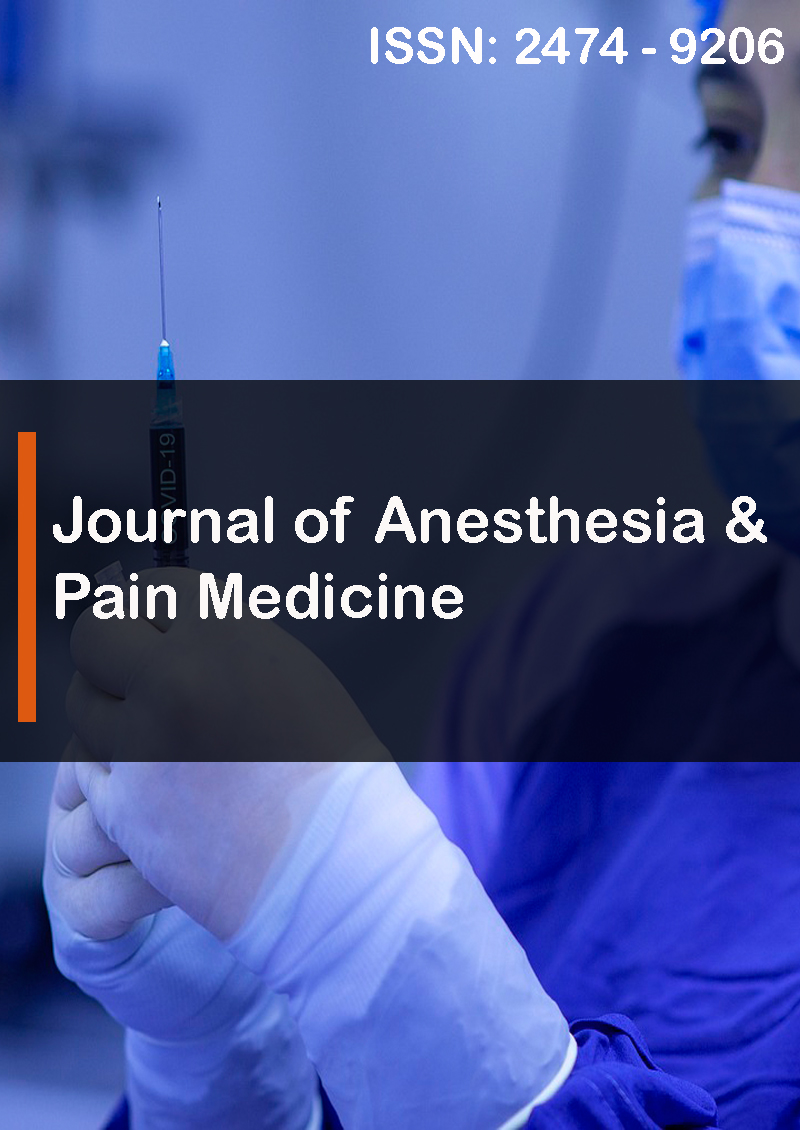Measurement of Inferior Ven Cava Collapsibility Index and Its Correlation to Central Venous Pressure in Adult Critically Ill Patients a Prospective Observational Study
Abstract
Azza Ahmed Ameen Hafez
Fluid therapy is an essential component part management of critically ill patients. Proper estimation of the amount of needed fluids is of great importance due to the well-established adverse effects of marked negative and positive fluids balance. Central venous pressure has been widely used by ICU physicians for volume status assessment. Several methods have been postulated for volume status assessment, among which is the inferior vena cava collapsibility index. As the inferior vena cava is a thin-walled capacitance vessel that adjusts to the body’s volume status by changing its diameter depending on the total body fluid volume. Giving the fact that bed-side ultrasonographic measurement of inferior vena cava diameters is an available, non-invasive, reproducible and quiet easy-to-learn technique, it can provide a safe and quiet reliable replacement of central venous pressure measurement for assessment of volume status assessment.
The aim of this study was to find statistical correlation between central venous pressure and caval index, as a step towards validating the above mentioned replacement. 86 critically ill patients from ICU population were enrolled. Simultaneous measurements of central venous pressure and inferior vena cava collapsibility index were observed and recorded on four sessions. Patients were also grouped based on their mode of ventilation and central venous pressure values in order to compare the strength of correlation between various populations.
The results showed that Inferior vena cava collapsibility index has significant inverse correlation with CVP value (r= -85, p value �?0.001 at 95% CI) and it better correlated with mean arterial blood pressure and lactate clearance as compared to central venous pressure. However it correlated better with CVP in spontaneously breathing patients (r= -0.86, p value �?0.001) than in mechanically ventilated patients (r= -0.84, p value �?0.001). Inferior vena cava collapsibility index has shown to correlate better with CVP value in lower values (�? 10 cmH2O) (r= -0.8, p value �?0.001) than in higher values (≥ 10 cmH2O) (r= -0.6, p value �?0.001). In addition, an inferior vena caval collapsibility index cut-off value of 29% was shown to discriminate between CVP values �?10 cmH2O and values ≥10 cmH2O with high Sensitivity (88.6%) and specificity (80.4%).
In conclusion, inferior vena cava collapsibility index has a strong inverse relationship with central venous pressure which is more pronounced at low central venous pressure values. Point-of-care ultrasonographically-measured inferior vena cava collapsibility index is very likely to be a good alternative to central venous pressure measurement with a high degree of precision and reproducibility. However, Wide scale studies are needed to validate its use in different patient populations.



